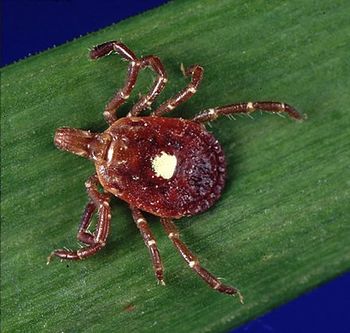Presented at ASM Microbe 2025, a bioinformatics-driven study has identified nine human microRNAs (miRNAs) with strong complementary binding to both hepatitis C virus (HCV) and bovine viral diarrhea virus (BVDV), supporting their potential use as targeted antiviral therapeutics.
HCV, a positive-sense single-stranded RNA virus in the Flaviviridae family, is a major cause of liver cirrhosis and hepatocellular carcinoma. Despite the availability of direct-acting antivirals (DAAs), challenges persist due to drug resistance and lack of a prophylactic vaccine. BVDV, a related pestivirus, is an established model for studying HCV due to its similar genomic structure.
What You Need To Know
Researchers used over 36,000 sequence alignments to identify nine human miRNAs that target conserved regions in both HCV and BVDV genomes.
The selected miRNAs exhibited strong dual-binding affinity to the BVDV nucleocapsid and HCV capsid genes across all six HCV genotypes.
These findings support the feasibility of miRNA-based antivirals as a novel therapeutic approach for drug-resistant or vaccine-limited viral infections.
Researchers from Diné College used multiple computational tools, NCBI BLAST-n, miRBase, and miRDB, to conduct over 36,400 sequence alignments. The objective was to identify human miRNAs with high sequence complementarity to the BVDV nucleocapsid gene and the HCV capsid gene across all six major genotypes.
Nine miRNAs demonstrated strong dual-binding affinity:
- hsa-miR-21-3p
- hsa-miR-138-5p
- hsa-497-3p
- hsa-miR-574-3p
- hsa-miR-876-5p
- hsa-miR-873-5p
- hsa-miR-1180-3p
- hsa-miR-3064-5p
- hsa-miR-6851-5p
Each candidate aligned to both viral targets with two complementary sequence locations, suggesting potential for simultaneous inhibition of viral replication pathways in both BVDV and HCV. This multi-target interaction highlights their potential utility in developing a dual-acting therapeutic strategy.
The therapeutic concept relies on miRNAs’ ability to regulate gene expression post-transcriptionally by targeting viral mRNA. In this study, bioinformatics alignment confirmed that selected miRNAs can theoretically suppress viral protein synthesis by binding to conserved genomic regions.
The findings are especially relevant given the global burden of HCV, which affects an estimated 58 million people worldwide, and the continuing emergence of resistant viral strains. A miRNA-based antiviral could provide a nontraditional therapeutic approach that complements or enhances existing DAA regimens.
The investigators emphasized the need for preclinical validation to assess antiviral efficacy, off-target effects, delivery mechanisms, and safety profiles in both in vitro and in vivo models. This study provides foundational data for future development of miRNA-based antiviral therapies and reinforces the value of computational methods in early-stage therapeutic discovery.
Reference
Cayatineto HW, Hakim S. Interaction between candidate miRNAs, bovine viral diarrhea virus (BVDV) nucleocapsid gene and hepatitis C virus (HCV) capsid gene: a promising antiviral therapeutic approach. Abstract AAR-IDS-202. Presented at ASM Microbe 2025. June 19-23, 2025. Los Angeles, CA.

































































































































































































































































































